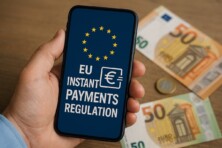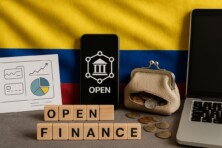Australia’s national regulators have identified four major products in the crypto sector.

Australia’s government has been in the works to develop comprehensive regulations regarding digital assets.
Source: Unsplash
The Australian Treasury has released a “Token Mapping” paper, which proposes to classify cryptocurrencies and other digital assets within four categories. This system is part of the government’s efforts to regulate the rapidly growing market for cryptocurrencies and digital assets, and to ensure that consumers have the information they need to make informed decisions.
Under Token Mapping, cryptocurrencies and digital assets will be classified into four categories:
Currencies: Cryptocurrencies, such as Bitcoin and Ethereum, are decentralized digital assets that are used as a means of payment and a store of value. They operate on a blockchain network and are designed to be secure, transparent, and resistant to censorship and interference.
Security Tokens: Investment products that are backed by a tangible asset, such as real estate or stocks. They are designed to provide investors with a share in the underlying asset and to generate returns based on the performance of the asset. Security tokens are subject to regulatory oversight and are typically issued through an initial coin offering (ICO).
Utility Tokens: Digital assets that provide access to a specific product or service, such as cloud computing or digital storage. They are often used as a form of payment within the platform or ecosystem and may also be used to incentivize user behavior or to reward platform participants.
Hybrids: Digital assets that combine features of multiple asset classes, such as cryptocurrencies, security tokens, and utility tokens. They may offer a combination of utility and investment returns, and may have different characteristics depending on their specific design and use case.
The classifications of these assets are not universally agreed upon and may vary from jurisdiction to jurisdiction. Additionally, the regulatory treatment of these assets may also vary and may be subject to change as the market and regulatory environment evolves.
Token Mapping is just one step in Australia’s big plans to regulate digital assets. This clarification on a governmental level aims to promote greater transparency in the cryptocurrency and digital asset market, and make a more comfortable market for the country to adopt.









